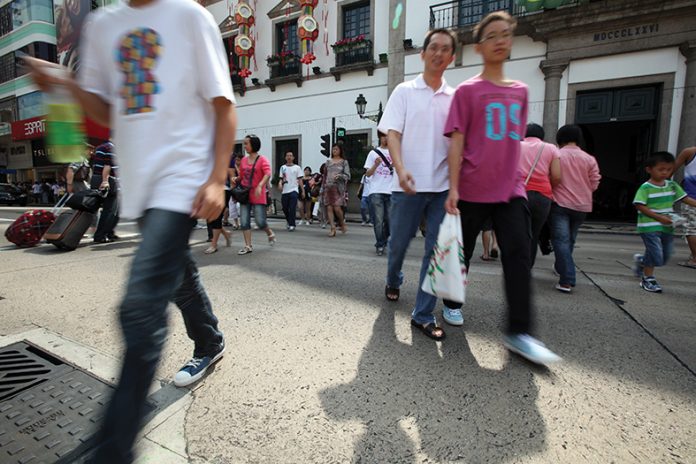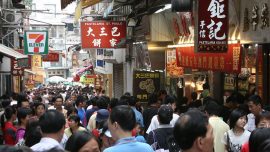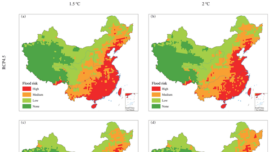
By José I. Duarte | Economist, Macau Business Senior Analyst
Current plans for developing Hengqin Island include the expectation of significant population inflows from Macau. To be more precise, as the media reported, by 2035, some eighty thousand Macau residents could be working there, and 120,000 would be residing on the island.
For a more consequential analysis, these figures’ precise context or foundation still needs to be clearly ascertained. At any rate, however, these are not trivial figures, and population movements of such magnitude will inevitably have significant economic and social impacts.
To say that demographics is destiny could push the argument too far. Yet, to say that demographic matters are often somewhat lost in economic growth and development discussions is probably as true a statement as one can be. Demography is the most overlooked of the social sciences. It is frequently ignored or brushed aside by more immediate considerations in debates on economic policies – or public policies, in general.
There are reasons for that, and we can understand them. Demographic impacts build up along extended time frames. Some of the current implications of demographic trends are the outcome of events and choices that occurred long ago. Similarly, the effects of decisions and behavioral changes happening now will only be felt several years, if not generations, down the line.
But no one in the world will reasonably deny the profound impact of demographic trends. Had Macau residents decided to have (many) more children in the 1980s and 1990s, the history of the economic boom of the last couple of decades and its labor market dynamics would have been necessarily different. Migratory flows would have had different composition and extension. Some of the topics on political agenda in the previous years would have been, at least, differently framed.
The most challenging time travel stories can provide phantasy-daring narratives and intellectually stimulating paradoxes. Once carved in the stone of time, demographic events cannot be changed or their effects avoided – and they require our attention.

The figures we are dealing with here are significant and raise inevitable questions about their possible impact on Macau as we know it. A substantial share of the growth of the Macau labor force has been associated with migratory inflows, most often with a non-resident worker status. These are certainly not meant to underpin Hengqin population growth. So, the above numbers must spring from the permanent residents’ stock.
The local population is aging due to longer lives and relatively low fertility rates. Fertility rates at the beginning of the century preclude many ‘fresh’ arrivals to the labor market in the coming years. Local unemployment is low, and underemployment rates are also returning to low pre-Covid levels.
The eighty thousand workers expected to have a job there within roughly one decade, amounting to one-third of all the locals employed full-time at the end of last year. It is more than all the people currently engaged in the gambling industry and on a level comparable to the highest level of employment ever attained by that economic activity sector.
Similarly, the future residents’ figure indicated would imply the displacement of one-fifth of the population in the same period. That raises questions about the impacts on other sectors – retail and restaurants being among the most evident – not to mention the effects on the provision of public services and facilities or the public finances.
We live surrounded by numbers and statistics. Familiarity and repetition may desensitize us to their meaning and implications, especially for something so remote from our daily concerns as demographic trends. But they have consequences we would be justified to ponder prudently.
























